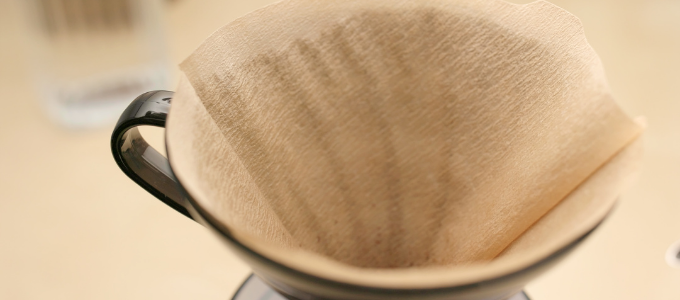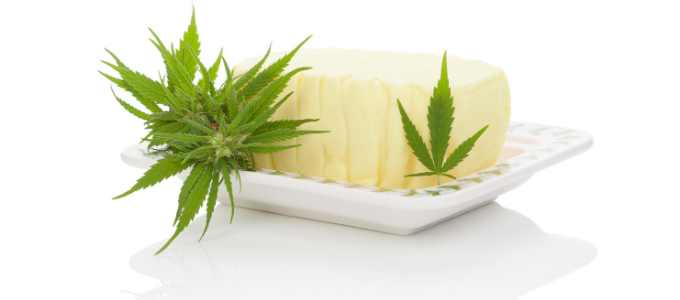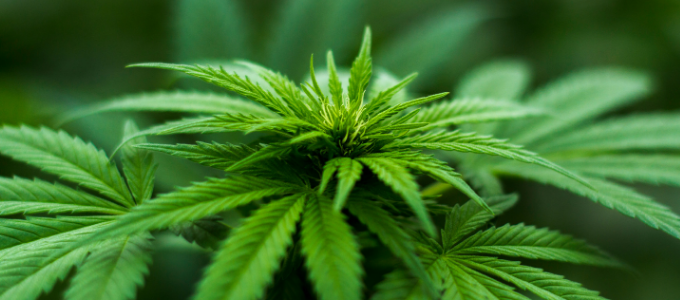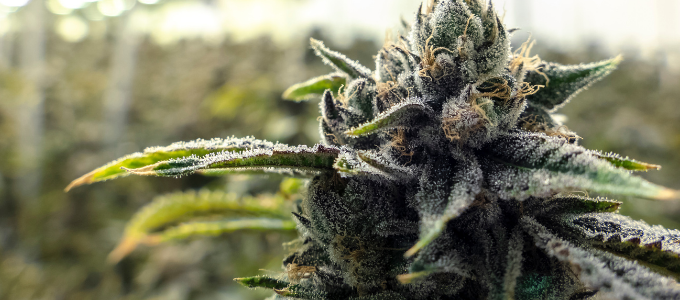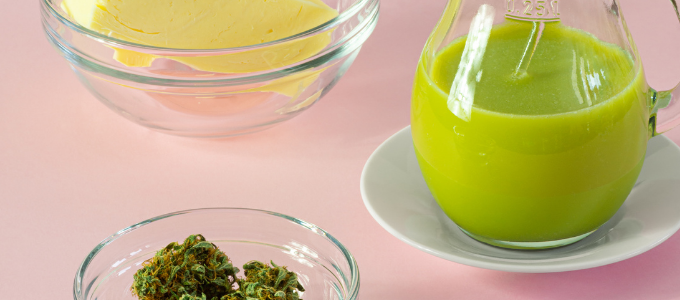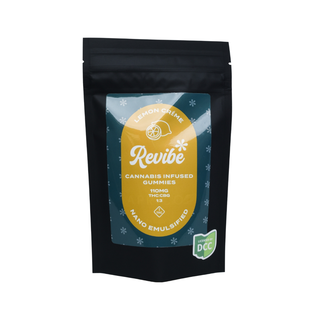
In Colorado, cannabis is pretty easy to find these days. However, when you’re trying to be adventurous with your cannabis and make some homemade edibles and goodies, you don’t always have all the equipment you need for cooking. Have no fear, here’s how to strain cannabutter without cheesecloth.
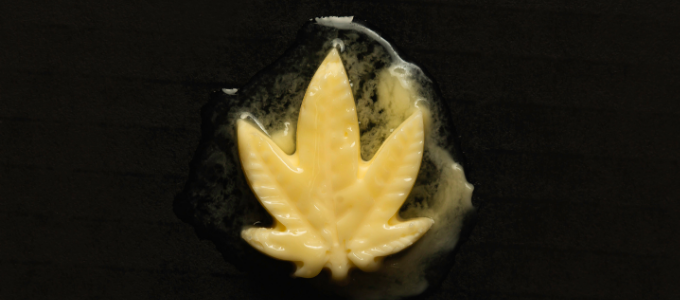
What is Weed Butter?
Also known as marijuana butter or cannabutter, weed butter is a combination of cannabis and butter. Weed butter is most commonly used to make cannabis edibles. These include cannabis cookies and brownies.
Why is Straining Required?
Once it is infused, cannabutter needs to be strained. This is often done by slowly and carefully allowing the product to seep through cheesecloth. This method allows only the oil to get through the filter.
You don’t have to strain your cannabutter. You can take the plant bits out of the cannabutter using a slotted spoon. However, you will have to be content with plant pieces floating around in your weed butter.
Straining is required to ensure that the product with which you are going to bake doesn’t contain excess plant materials.
Problems with Using Cheesecloth for Straining
Cheesecloth is gauze-like, woven cotton cloth. It was originally used to create and wrap cheese. Hence, its name. Cheesecloth is costly and can be used only once.
Cheesecloth is tricky to cut. It is also messy and time-consuming to use as a strainer. If you squeeze the cheesecloth to hurry the process, you can end up with plant materials in the cannabutter.
A final disadvantage is that most households don’t have cheesecloth on hand. It is not always easy to find. You can buy cheesecloth at a kitchen supply store or a fabric store by the yard but you need to cut it to the size you need for your strainer.
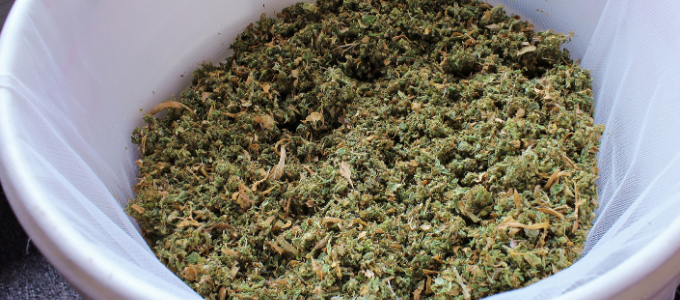
Alternatives to Straining with Cheesecloth
-
Try Muslin
Select 100% cotton, unbleached, lightweight muslin. The cheaper the quality of the muslin the better it is for straining. You want a loose weave. This will provide a strainer that is tighter than cheesecloth and much cheaper. Muslin is also easier to find and to cut than cheesecloth.
Place the muslin over the mouth of a bowl, a cup, or a measuring cup. Secure with a device like an elastic band or clips. Place the cannabis leaves or buds in the muslin. Pour hot butter over the cannabis and allow it to strain into the receptacle below.
-
Consider Found Materials
You don’t have to go out and purchase cheesecloth or muslin. Look around you. Straining materials are there. How about using a pillowcase, a tea towel, a bandana, or a scrap of fabric from your craft basket?
Stretch the material over the mouth of a bowl. Hold in place with an elastic band or clips around the rim. Put the cannabis in the material and pour hot butter over the material. Allow to strain.
When done, discard the cannabis. The fabric can be washed and reused.
-
Create an Herb Bag
Use found material to create a pouch. Place the cannabis materials inside and sew closed. Place this bag in a bowl of warmed butter. Allow the cannabis to infuse the butter, stirring from time to time.
When the butter is infused to your liking, take the bag out and discard it. You can make several of these bags while you have your sewing machine out. Store in a closed, dry container until they are needed.
-
Coffee Filters Work
You have them on hand. Coffee filters make good strainers for cannabutter because they are already set up to be used to filter materials and infuse the liquid.
First, run hot water through the filter to remove the paper taste. Place the filter in a mug, a bowl, or a dish. Put the cannabis buds or leaves in the filter. Then, pour heated butter in a circular motion over the cannabis and allow the mixture to brew.
Once the butter is infused, remove the filter with the cannabis inside and discard it. You’re left with delicious cannabutter for cooking.
-
Cloth Table Napkins are Versatile
Those cotton table napkins or cloth diapers can also serve as filters. Stretch the material over the mouth of a bowl. Hold in place with an elastic band or clips around the rim. Put the cannabis in the material and pour hot butter over the material. Allow to strain.
When done, discard the cannabis. The fabric can be washed and reused.
-
Look for a Fine Mesh Bag
Fine mesh bags can be purchased in a hardware store. Mesh bags are worth the price because they are easy to clean and can be reused.
Put the cannabis in the mesh bag. Pour hot butter over the bag. Allow to strain.
When done, discard the cannabis. The mesh bag can be washed and reused.
-
Select a Fine Wire Sieve
A wire sieve is easy to clean. It can be used several times. Be sure to choose a sieve that catches the plant materials. Because it is reusable, a wire sieve is an inexpensive strainer. Moreover, it is easy to use and not messy.
-
Repurpose Pantyhose
Stockings or pantyhose are a good substitute for cheesecloth. Simply stretch a clean pair of pantyhose or tights or a nylon stocking over the mouth of a large mixing bowl. When you have finished straining the cannabutter, toss the pantyhose in the washing machine and reuse it.
-
Use the Two-Cup Method
Originally used to brew tea, this also works for cannabutter. Place cannabis in a cup. Pour hot butter over top. Stir until the butter is fully infused. Then pour the mixture into a strainer over a second cup. Discard the plant pieces remaining in the sieve.
If you don’t have a strainer, you can pour the mixture in the first cup into the second cup using a slotted spoon to catch the plant pieces.
If you don’t have a slotted spoon, use a fork to hold back the plant material as you pour the infused butter from the first cup into the second one.
-
Create a Tin Foil Infuser
Cut out a square of tin foil large enough to cover the surface of a cup.
Fold the square twice so you have a small square. Use a sharp paring knife to make holes in the closed corner.
Fold out a pocket and place it in the cup. Put in the cannabis material. Pour in hot butter. Allow mixture to brew, stirring occasionally. When the butter is infused, remove the tin foil infuser with the plant material and discard it.
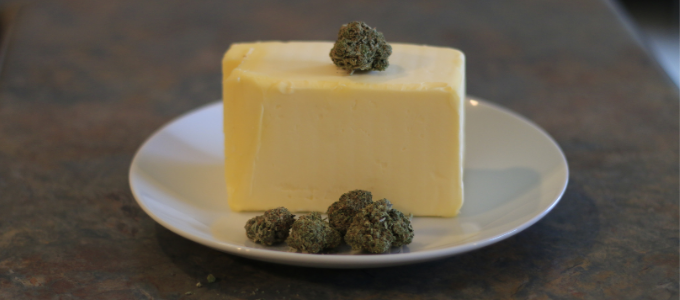
** Don’t Use a Paper Towel
People often make the mistake of assuming a paper towel will work as effectively as a filter when they are considering how to strain cannabutter without cheesecloth.
Avoid using paper towels as strainers. Paper towel production uses bleaches and other chemicals. When you strain the butter through a paper towel, it leaches these chemicals into the cannabutter.
And that's how to strain cannabutter without cheesecloth.
Continue Reading



